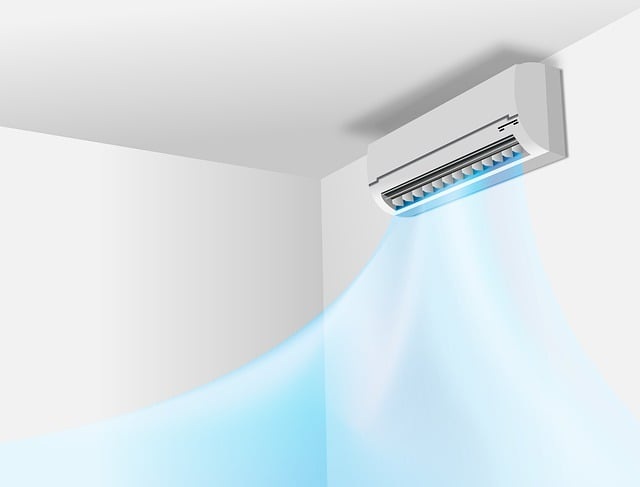Old buildings often lack enough room for extensive ductwork and traditional air conditioning equipment, requiring significant renovations to walls, floors, and ceilings before adding these appliances. Furthermore, the process can potentially compromise original plaster, woodwork, and electrical systems.
Modern air conditioning solutions can offer relief without disturbing existing structures, making these the three best options for older homes.
For more information about keeping your ductless home cool, be sure to check out this blog post from the team at Hurliman.

Table of Contents
High-velocity systems
High-velocity systems allow homeowners to more quickly adjust the temperature in their home while eliminating 30% more humidity than conventional ducted systems, at a greater cost initially but later saving energy costs and maintenance expenses.
High-velocity systems use flexible ducts that are easier to move through walls and ceilings than square ductwork. They can even be installed in homes with plaster walls. Furthermore, high-velocity systems may be suitable for retrofitting older homes that were constructed without traditional ducts.
High-velocity air conditioning systems move hot and cold air at four times the speed of traditional systems, eliminating warm and cool pockets by continuously mixing air in your home. In addition, the air handler constantly runs at a high-pressure state reducing power consumption and drastically cutting back on the amount of times the system cycles on and off, making this option perfect for older houses.
Window ACs
Window air conditioners may provide a convenient alternative for older homes where installing ductwork would be too costly or regulations restrict cutting through exterior walls. But they shouldn’t be considered long-term solutions in most spaces as their inefficiency due to duct losses can produce drafty areas within rooms.
Some window AC models can generate noise levels exceeding 60 decibels, as stated by the Centers for Disease Control (CDC). Long-term exposure to such noise could potentially result in hearing loss; fortunately, newer window AC units tend to be much quieter and even equipped with smart controls that can be operated via smartphone app or voice command.
Installing a ductless cooling system may require an investment, but it can pay dividends year-round by improving energy efficiency and increasing home value. Many HVAC specialists can help you select the appropriate type of ductless cooling for your home while ensuring it is properly sized with an accurate heat load calculation.
Ductless mini-splits
Whether it’s an older home with outdated HVAC systems or a brand-new construction project, ductless heating and cooling units offer many advantages over their central counterparts.
Operating these ductless units doesn’t require full-sized air ducts; their indoor air-handling units are much quieter; additionally, they come equipped with built-in filtration to reduce pollutants that contribute to asthma attacks or other respiratory conditions.
Ductless mini-splits are an excellent solution for heating and cooling an unfinished space or room addition. Installing traditional forced-air systems would cost too much and require extensive ductwork modifications; mini-splits offer an efficient alternative without breaking the bank.
Ductless systems offer greater customization options, including being able to cool specific rooms of the house. They work by connecting an outdoor unit to one or more indoor units that can be placed as close as possible to the ceiling for optimal cooling results. They require only minimal wall openings for refrigerant lines compared to installing traditional ductwork in older homes.
VRF systems
Variable Refrigerant Flow systems have quickly become a popular option among commercial spaces and residential properties alike since their introduction. VRF stands for Variable Refrigerant Flow and has quickly become one of the go-to technologies among many.
Like traditional ducted air conditioners, mini-split systems utilize an outdoor unit and indoor fan coil units; unlike their counterparts, they don’t use ducts. Instead, refrigerant lines connect multiple smaller fan coils placed throughout a space that can each be individually controlled by refrigerant lines.
VRF systems offer additional advantages, as they can heat and cool simultaneously while also transferring excess heat during cooling to areas in need of heating, helping reduce energy costs and utility bills while offering flexible installation without water pumps or heavy pipes required, making VRFs the ideal choice for historic buildings.




